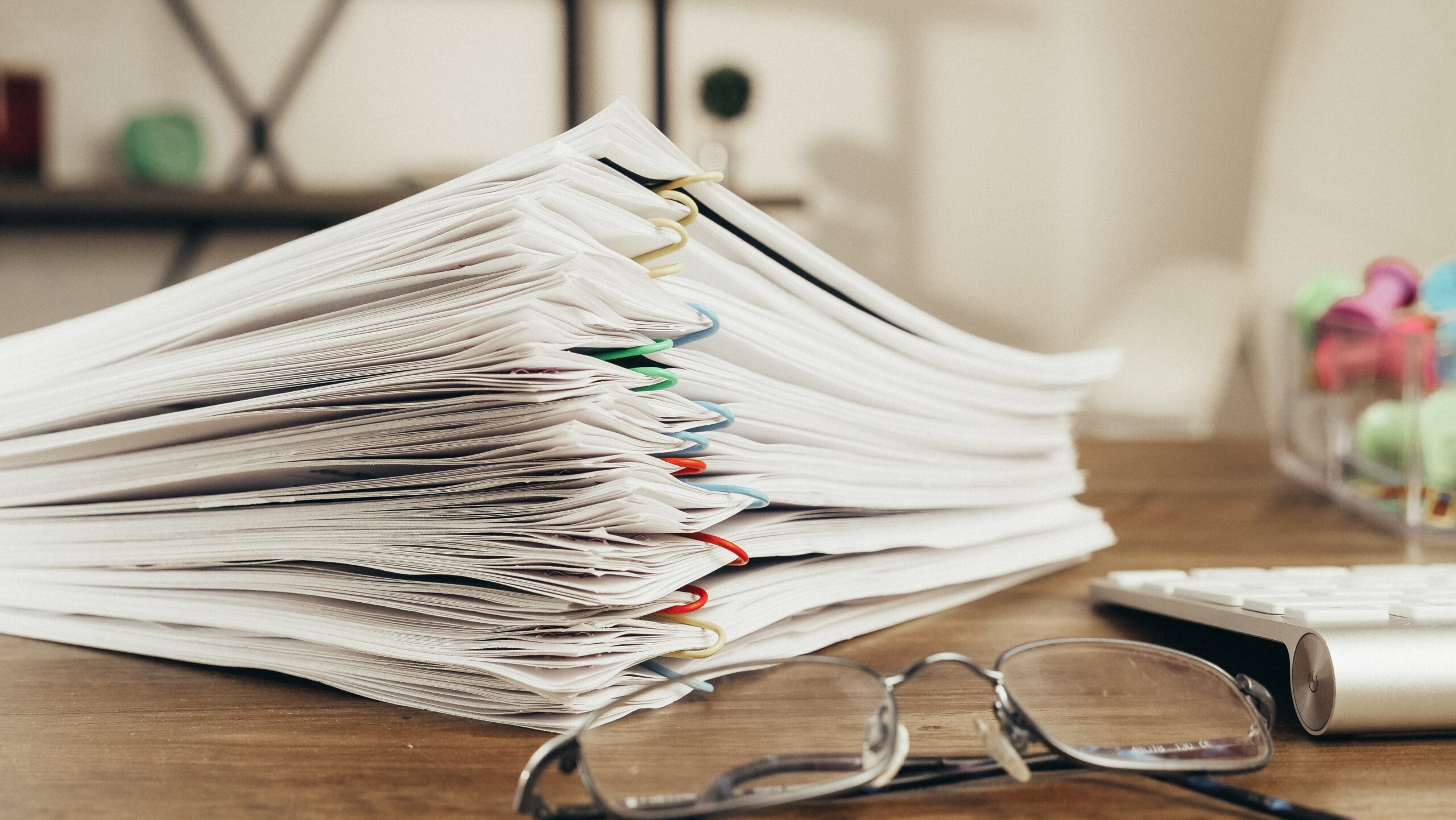Unused R&D Tax Credits may still be available to eligible businesses if they file amended tax returns for the years in which they failed to claim the credit. Businesses can then carry forward the unused credits for up to 20 years after first carrying them back for one year.
As the name implies, the R&D tax credit “carry forward” allows businesses to take unused R&D tax credits generated from a given year’s QREs and apply them to future tax liabilities. This circumstance typically applies to businesses that either invested in R&D and did not turn a profit, or were eligible for a larger tax credit than what they currently owed or paid in income taxes.In order to claim a refund, carryforward credits have to be carried forward to an open, amendable tax return. The carryforward credits must also be reduced by any amounts that could have been utilized in closed taxable years during the carry forward period.
Additionally, the Tax Cuts and Jobs Act (TCJA) eliminated the alternative minimum tax (AMT) for C-corporations and provided businesses with the opportunity to further reduce their tax bills using past, present and future R&D tax credits. It also amended Internal Revenue Code (IRC) Sec. 172(a) for tax years beginning after December 31, 2017, restricting the application of net operating losses (NOLs) to 80% of taxable income.This amendment may motivate some taxpayers to look to the R&D tax credit as another potential tax offset based on their QREs. However, the TJCA’s 80% limitation was temporarily suspended by the 2020 CARES Act and will be reinstated for tax years beginning after 2020.
Under the TCJA, the “25/25 limitation” restricts C-corporations with over $25,000 in regular tax liability from offsetting more than 75% of their tax liability using the R&D tax credit. Also, the IRC Sec. 38 (c) limitation restricts the amount of tax liability that can be offset to the greater of either the tentative minimum tax or 25% of any tax liability greater than $25,000.
The activities that qualify for the R&D tax credit are the same ones driving growth in your business.
- Creating improved products, processes, formulas, software, and techniques
- Automating or improving internal manufacturing processes
- Designing tools, jigs, fixtures, and molds
- Integrating new equipment
- Development of data center, big data, and data mining tools
- Integration of APIs and other technologies
- Development of financial or pricing models
- Hiring outside consultants to perform any of the listed activities
- Manufacturing new or improved products
- Developing prototypes, first articles, models
- Evaluation of alternative materials
- Development of firmware
- Network hardware and software development and optimization
- Developing simulators
- Development of risk management systems
Ensuring that you understand the rules for qualification is an essential first step in claiming the R&D Tax Credit. This is normally done during a feasibility analysis, also referred to as Phase 1. R&D activities are explored and identified at a high level along with related qualified research expenses (QREs). This information is then used to estimate your federal and state R&D tax credits. Education is key and provides the ability to identify qualified activities and QREs so a more accurate benefit estimate can be determined.
The expenses that qualify for research activities within your company typically include employee compensation, materials, and contracted services. Various forms of documentation are sufficient to support your qualified expenses and may include payroll records, financial records showing supply or contract research expenses, and vendor invoices.
On average, companies are typically able to claim 7-10% of their qualified expenses as a federal R&D tax credit. For example, a single software developer, engineer, or lab technician who receives a W2 of $100,000 a year may generate a tax savings of up to $10,000.




